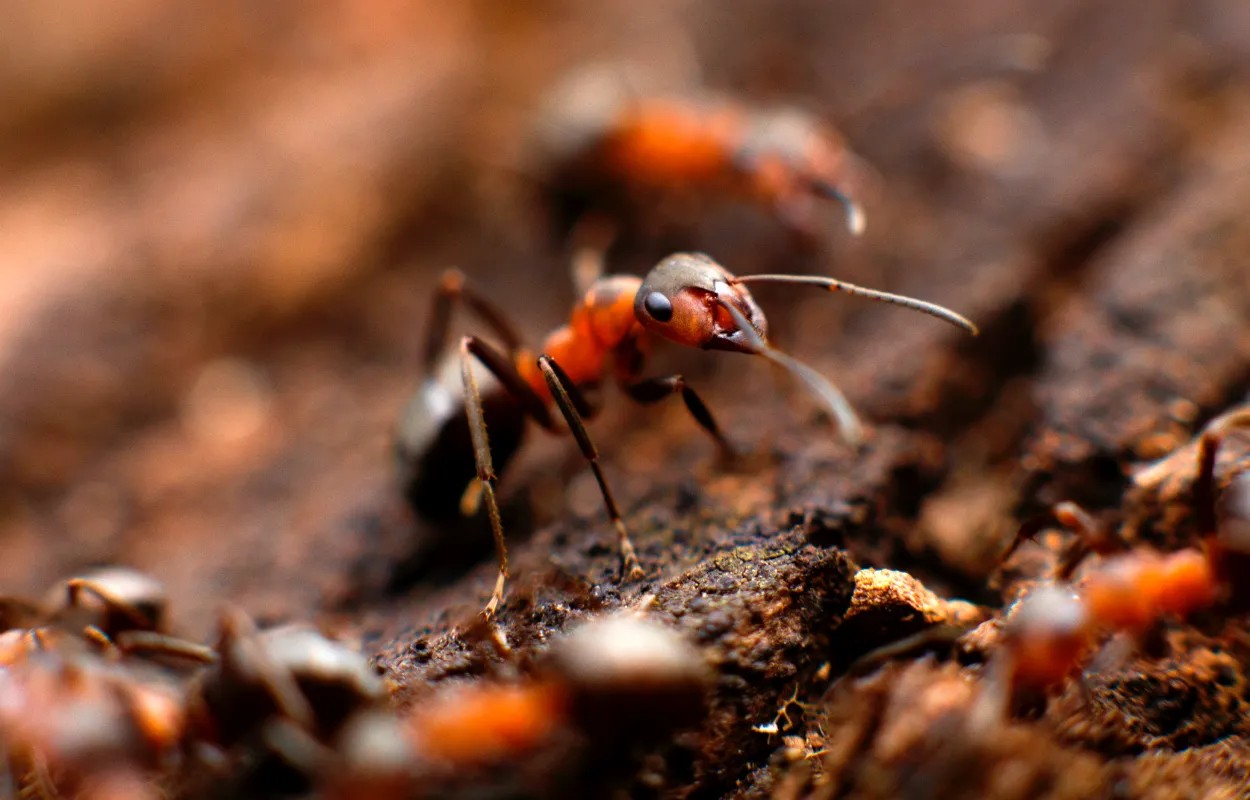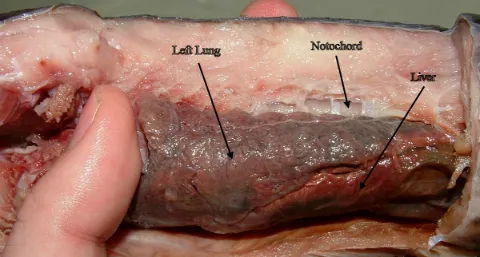
It is perhaps easy to see how natural selection can change features within a species, yet not so simple to understand how a particular animal can evolve into a completely different one.
In fact I have been told recently in the comment section of one of my Letters From Darwin articles, that there is absolutely zero evidence for cross-species evolution.
At the time I replied that there is indeed evidence, and I pointed to the fossil record, and rather facetiously told the person I was answering to, to look it up. However that struck me as rather lame, I started the whole series to elicit questions, and then when I get them, I answer them in a dismissive fashion.
I also realised that the fossil record is not good enough for a lot of people. This I believe is because there is a lot of guess work when analysing fossils, and this leads to the opinion that the very same guess work has been at play when it comes to evolution.
So, with all that in mind, I would like to now offer my humble attempt at highlighting the evidence, in order to convince the sceptics to at least pay heed to what I'm saying and to apply their own critical thinking to the subject.
Evolution Of A Colony
~ Insect Thought Experiment
Imagine for me a vast green field, in which there is located just a single mound of earth, containing a colony of ten legged, ant-like, insects.
The field you are imagining now, is on a mythical planet, where nothing but plants and this one colony of insects have evolved (or magically put there, it doesn't matter for now).
You observe the insects everyday, and you realise that as far as finding food is concerned, you see that they come out of their colony and turn left. They then travel to their food source, eat and then return to the colony. You notice that their left set of legs are shorter than their right set. This you realise, is why they always turn left to seek food, and never right.
After a while you notice that the food source to the left of the colony is getting scarce, now some of the ants are not getting enough food and are starving to death. You notice that rather than starve, some of the insects are starting to force themselves to turn right.
Some weeks pass and the number of insects that now turn right for food has grown, however most of the colony still turn left and fewer and fewer of them are getting any food.
More time passes and the colony now only exists of ants that can turn right. One day another observer comes to visit you, and you show them the insects and tell them that they used to be ants who only turned left, and how their legs restricted their right turning abilities.
Your new observer does not find your claims to difficult to believe, as all you are saying is that a change of habit caused these particular insects to survive. You also have told her how the legs of the old colony were unevenly biased and now they have biased the other way.
Again, your observer finds this easy to take in, and can imagine how what you claim to have occured, could actually happen.
Biological Lego

Let us pause our thought experiment for a second to consider the case of the lungfish, the air breathing fish whom has a lung that has been adapted from a swim bladder.
As Darwin himself said, knowing facts such as these, he found it easy to imagine that a bear-like creature who spent more and more time in the water swimming with its mouth open to catch food (like certain species of bear today). Might slowly evolve into a whale-like creature that spent all of its time in the water. Insect Thought Experiment cont.So now we have a colony of insects who turn right, then perhaps the food on the right runs out, however there is food slightly higher up. At first some of the ants start to climb for the first time, there front feet start to differ in shape to their ground-dwelling cousins.
Now imagine a scenario where the food is across a small gap, some of the creatures start making jumps for it. As they jump they fold back some of their legs and then extend them in order to jump further.
Time passes and the jumping insects now have two middle legs, that are shorter and of a different shape to the rest of their legs. They are almost permanently flattened against their bodies. When the insects jump, the legs flex and pump, creating a larger and larger jump. Eventually the flexing turns into flapping, and the legs turn into wings.
This time some of the ground dwelling insects have survived, they have learned new ways to cross the gaps. Some of them cooperate and make insect bridges, others have started eating other types of food, changing the shape and size of their jaws, however you remain focused on the flying variety.
A Moment For Eternity
Of course within this thought experiment you are timeless, so you can happily watch these insects each and everyday for millions of years.
A particular group of the flying ones that still live near the original colony, are experiencing hardship. The climate has gotten a lot colder and they are having to travel a lot further for their food.
After doing a survey of the colony, you notice that some of the insects have a lot more scales on their bodies than others. You realise that the scaliest insects seem to be the ones that are surviving the best.
Whereas the lass scaly creatures can not fly in the cold for as long, so they tend to starve to death, as do their children.
Before long all of the insects in the colony have thick scales covering most of their bodies. The further they have to travel for food, the thicker their scales get, over millions of more years, you observe how their bodies grow to support the extra weight of their scales.
Then one day you realise that the scales more resemble feathers, and the creatures are much bigger than their original ancestors, and have a lot less legs, you are so bold to call this a kind of bird.
Now when another observer joins you, and you explain how these birds, once belonged to a colony of insects that could only turn left, it is much harder for him to believe you.
Real World Examples

OK, our thought experiment was crude, and of course, in the real world on earth, birds did not evolve from ants. However it was useful in order to get you to look at just one variable at a time, rather than trying to take in the big picture all at once.
There are many real life living examples of species evolving from one to another, from the aforementioned lungfish, to the fish with legs, the axolotl.
All of these examples contain appendages and organs that have clearly evolved from ones that their earlier progenitors possessed.
Whether it is the tail bone in humans, or the swim bladder in a dolphin, it all counts as evidence against some kind of instant creation event, and points to a shared ancestry between each and every organism on the planet.
This evidence can be witnessed right down to the genetic level, however you don't need fancy computers and microscopes to witness the very wonderful and very macro evidence that surrounds us each and every day of our beautifully evolved lives.
Further reading:
Letters From Darwin:
Letters From Darwin - The Evolution Of The Eye
Letters From Darwin - An Evolutionary Coin Flip
Letters From Darwin - Understanding Probability With A Universe In A Box
Image sources:
Ant Photo by Mikhail Vasilyev on Unsplash
Axolotl By th1098 - Own work, CC BY-SA 3.0, https://commons.wikimedia.org/w/index.php?curid=30918973
Lateral view of lungs of a dissected Spotted African lungfish (Protopterus dolloi) By Mokele at English Wikipedia, CC BY-SA 3.0, https://commons.wikimedia.org/w/index.php?curid=9004707
IF YOU ARE A SCEPTIC OF CROSS-SPECIES EVOLUTION; HAS MY ARGUMENT HELPED? IF NOT ARE YOU PREPARED TO SEEK OUT THE FREELY AVAILABLE EVIDENCE? WHETHER YOU AGREE WITH ME OR NOT, AS EVER, LET ME KNOW BELOW!